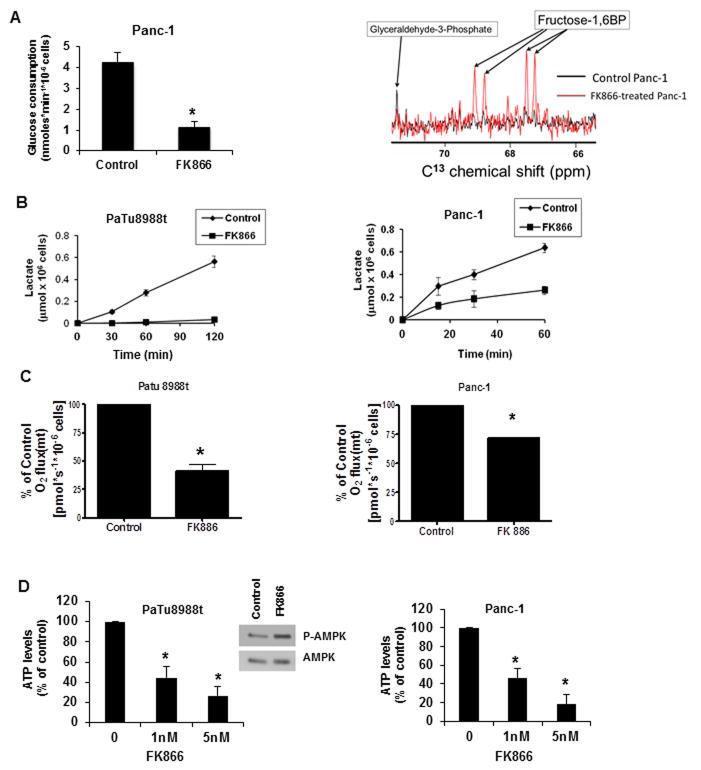Figure 2. FK866 produces metabolic collapse in pancreatic cancer cells.
A, Panc-1 cells were kept in 1% FBS for 48 hours and then treated with FK866 (10 nM) or vehicle. 48 hours later media was changed to glucose-free DMEM supplemented with 5 mM D-[C13] glucose. Glucose consumption and glycolytic intermediates were determined using NMR spectroscopy, and glycolytic intermediates determined. B, cells were kept in 1% FBS for 48 hours and then treated with FK866 (10 nM) or vehicle for 48 hours. The medium was replaced by RPMI phenol red and serum-free and aliquots of cultured medium were collected for lactate release evaluation. C, O2 consumption rates were measured by high resolution respirometry. After 48 hours treatment with 50 nM of FK866 or vehicle, the cells resuspended in serum-free DMEM, and ETS-stimulated respiration (maximum respiration) was measured. Results represent the mean ± SD of three independent experiments. D, Cells were kept in 1% FBS for 48 hours then treated with FK866 or vehicle for 48 hours before ATP measurements. Values are means ± SD of three independent experiments. Cell lysates of PaTu8988t cells treated with 10nM FK866 for 24 hours were immunoblotted with anti-p-AMPK and AMPK antibodies. * indicates p<0.05

